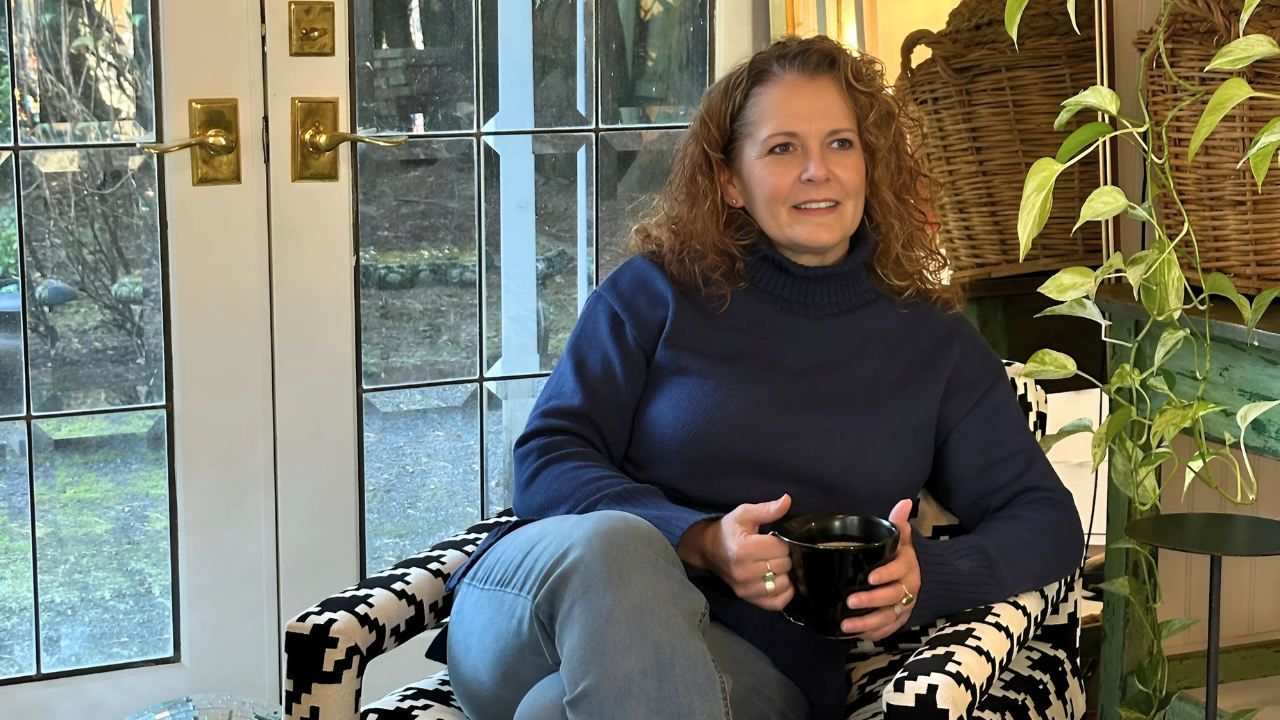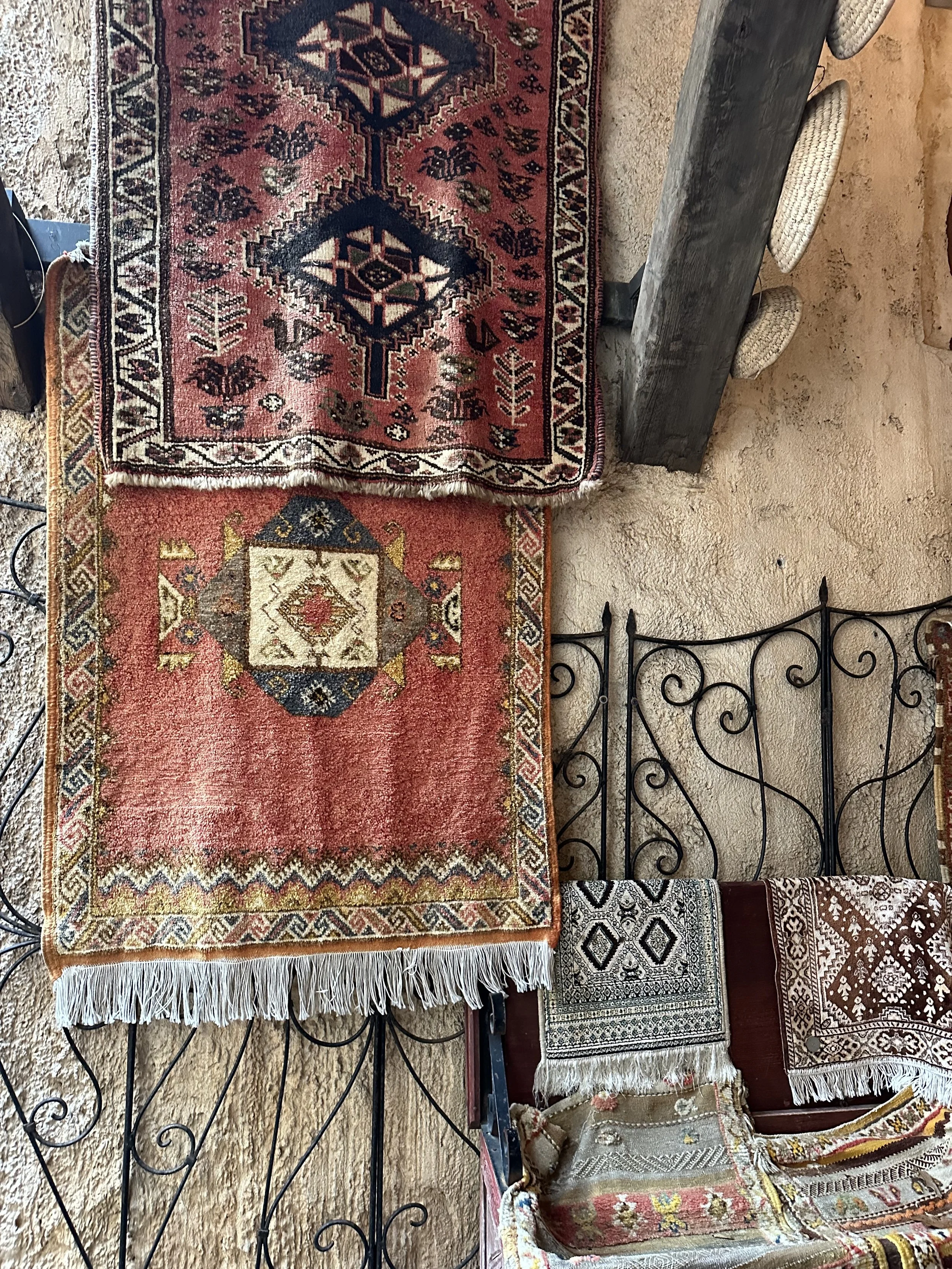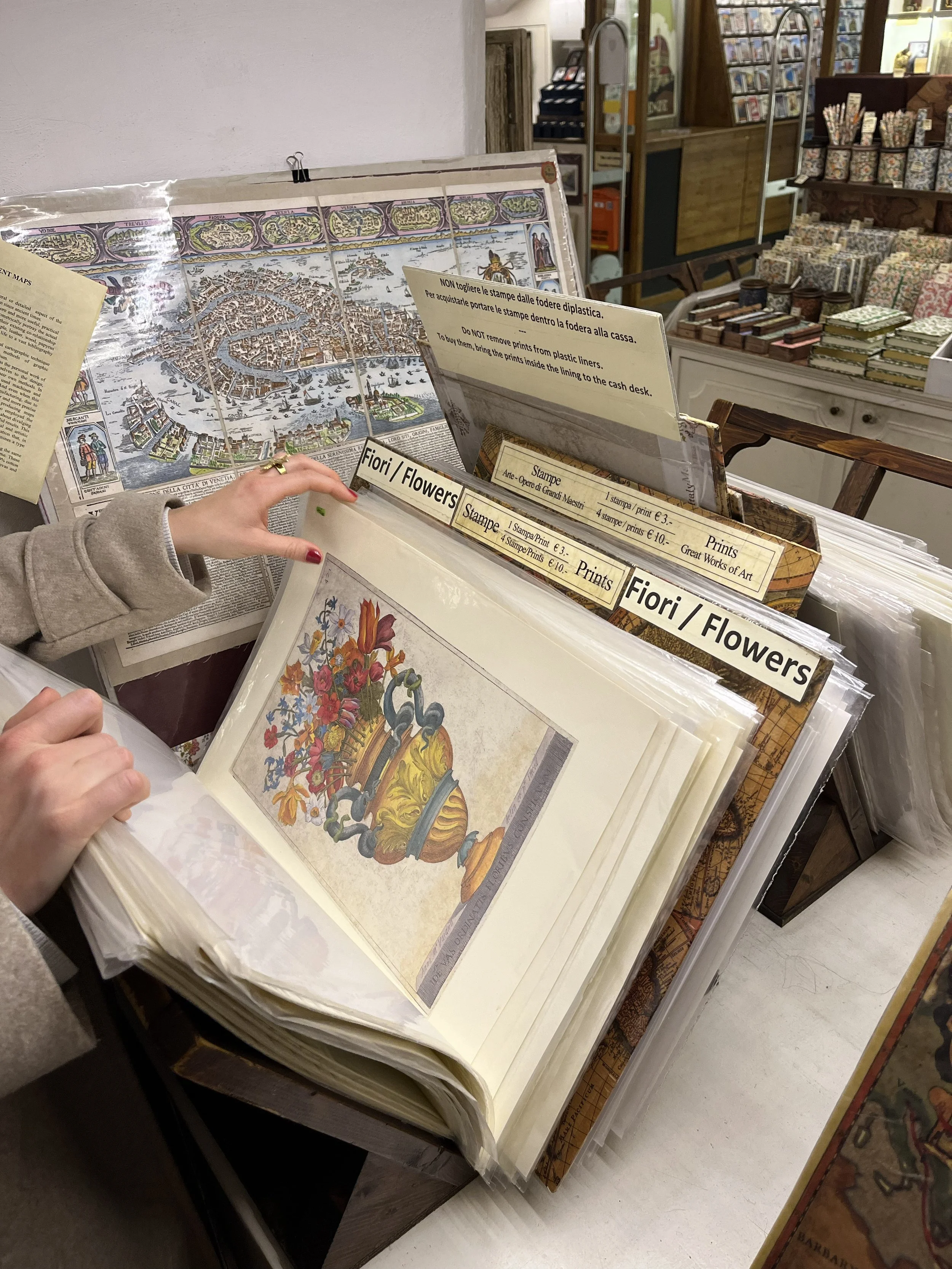How Global Style Finds Its Place in Portland Homes
Portland is global in its own right. Not because we chase trends, but because our daily lives bring the world to our doorstep: the tech corridor, the outdoor industry, the rich arts and maker communities, and the expats who choose to call this green, rain-washed city home. The result is a design language that feels layered and worldly, but also grounded, easy, and distinctly Portland.
I like to think of it as a gentle conversation: global influence meets Northwest ease.
Why Portland Naturally Welcomes Global Style
Our city pulls talent from everywhere: engineers, designers, artists, chefs, and founders. They bring their histories with them, then open shops, studios, and small businesses that fold their traditions into our local lexicon. That means your “local” options might include a Sellwood glassblower, a custom metalworker in the Central Eastside, or a textile artist you bump into at a weekend market. When we design from that well of nearby talent, the home becomes both personal and connected, to place, and to the wider world.
There’s also a bit of Portland irreverence in all of this. We’re comfortable being ourselves. People here don’t want copy-paste interiors; they want homes with voice, wit, curiosity, homes that feel lived in and loved. It’s the same instinct that makes Portlanders mix bold patterns or unexpected materials without hesitation, a spirit I spoke to in The Art of Pattern-on-Pattern: A Timeless Approach to Layering Design. That willingness to take risks, balanced with a sense of ease, is part of what makes global influence feel natural here.
Climate, Comfort, And Why “Ease” Matters
Our climate plays a bigger role than many realize. With long grey stretches, we design homes to gather every drop of light possible: larger windows, reflective finishes, thoughtful glazing, and layered ambient lighting that warms a room at 4 p.m. on a February afternoon.
But “ease” matters just as much as light. It rains here. It’s muddy. Doors and windows are open whenever the sun comes out. In a Portland home, materials need to invite you to live in them, not make you tiptoe around them. That’s why global style, when curated thoughtfully, feels right at home. It’s sophisticated, tactile, and layered, yet never too precious.
Global Influences That Feel At Home Here
Because we sit on the Pacific, I often see and love Asian influences in Portland homes: the calm restraint of Japanese craft, the sculptural silhouettes of Chinese furniture, the warmth and pattern of Polynesian textiles. These elements mix seamlessly with Northwest architecture: natural woods, matte metals, woven textures, and generous negative space.
But the larger truth is this: anything can belong in your home if it feels like home to you. Perhaps it’s a Moroccan rug from your honeymoon, a hand-thrown bowl from a Santa Fe weekend, or a Balinese carving that stopped you in your tracks. These are not just “souvenirs;” they are vessels of memory, and when placed with intention, they add depth to your story. This ties to something I’ve written about before: what makes a home feel authentic isn’t how closely it follows a style guide, but how much of your life it reflects. (Related: What Makes a Home Feel Authentic? Lessons from European Interiors)
How I Curate Global Influence (Without The “Theme”)
When clients ask me how much is “too much” when it comes to bringing global influence into their homes, my answer is always: it’s about harmony, not quantity. A home should never feel like a set or a museum. It should feel like a collection of meaningful moments.
That means scale and space matter. A single antique cabinet has more impact when it stands on its own against a plaster wall than when it’s crowded among other pieces. A silk screen layered with linen drapery can feel serene and modern, rather than ornate, when given the space to breathe. A vintage ikat on a simple bench can quietly ground a room without announcing itself.
Contrast plays its part, too. Bronze next to wool, lacquer beside rough oak; these juxtapositions keep a space alive. And lighting becomes the final storyteller: a treasured object under the glow of a picture light feels elevated, honored, part of a home’s rhythm.
Weaving Travel Finds Into The Bigger Picture.
One of the most common questions I hear is: How do I make my travel collections look intentional rather than cluttered? The key is in how you tell the story.
If your treasures are scattered around the house, they can lose their voice. But when they’re gathered, a thoughtful wall of framed photographs, or a cabinet curated with textiles, ceramics, and books, they begin to speak together. It’s less about decoration and more about creating a “cabinet of memories.”
Scale plays a role here, too. Clients often hesitate over larger pieces, worried they won’t “fit.” But the truth is, it’s the larger textile or substantial vessel that often gives a room its soul. I’ve seen too many people regret leaving something behind because it felt too bold. If it moved you, bring it home. You’ll find a way to honor it.
And finally, editing is as important as collecting. Over time, a home filled with treasures may need to let some go. That doesn’t erase the memory; it simply makes space for the next layer of your story.
Commissioning Local, Thinking Global
Another beautiful tension in Portland design is the way local craftsmanship pairs with global influence. Many of my projects include collaborations with makers, a forged dining table, a custom textile, and hand-blown lighting from a Sellwood studio. Clients will often know “a guy who does this thing,” and those relationships add richness to the project
Sometimes, global influence comes through in the most unexpected way. In our Pool Bath/Powder Room Remodel in Bull Mountain, the entire space was transformed by a single discovery: a massive teak Indonesian gate I found at Cargo Inc., one of Portland’s most fascinating specialty marketplaces. It became the entrance to the shower - a bold, soulful gesture that could only happen with clients who trusted the process and a builder patient enough to make it work. That one element brought global influence into the space in a way that felt personal, sculptural, and unforgettable.
In Frame: San Francisco Modern
On another project, our San Francisco Modern installation in Pacific Heights, global influence traveled the other direction. Though the home was across state lines, much of its furniture, textiles, and custom work came from Portland artisans. A Denali Custom Furniture dining table, rugs from Christiane Millinger, and art installations from our trusted local partners gave the space a distinctly Northwest soul, even as it lived in the heart of San Francisco.
Projects like these remind me how “local” and “global” aren’t opposites at all. They’re threads that can be woven together, whether that means finding an Indonesian treasure in a Portland basement or sending Oregon-made craftwork across state lines to create a sanctuary in California.
(If you’re curious about how we fold this kind of collaboration into a client’s design process, I’ve shared more in How We Work: What to Expect When Hiring This Interior Designer).
Final Thoughts
Every home tells a story, no matter where it is. In Portland, we’re fortunate to live in a city that welcomes creativity, craft, and influence from all over the world, but the truth is, those threads exist everywhere. What matters most is how we choose to gather them, and how willing we are to let our homes evolve along with us.
When you bring something back from your travels, or commission a piece from a local maker, you’re weaving memory and meaning into the fabric of daily life. Over time, those layers, global and local, personal and shared, come together in ways that feel deeply individual.
And perhaps that’s the beauty of design at its best: it reminds us that home, like life, is meant to be layered, evolving, and entirely our own.









